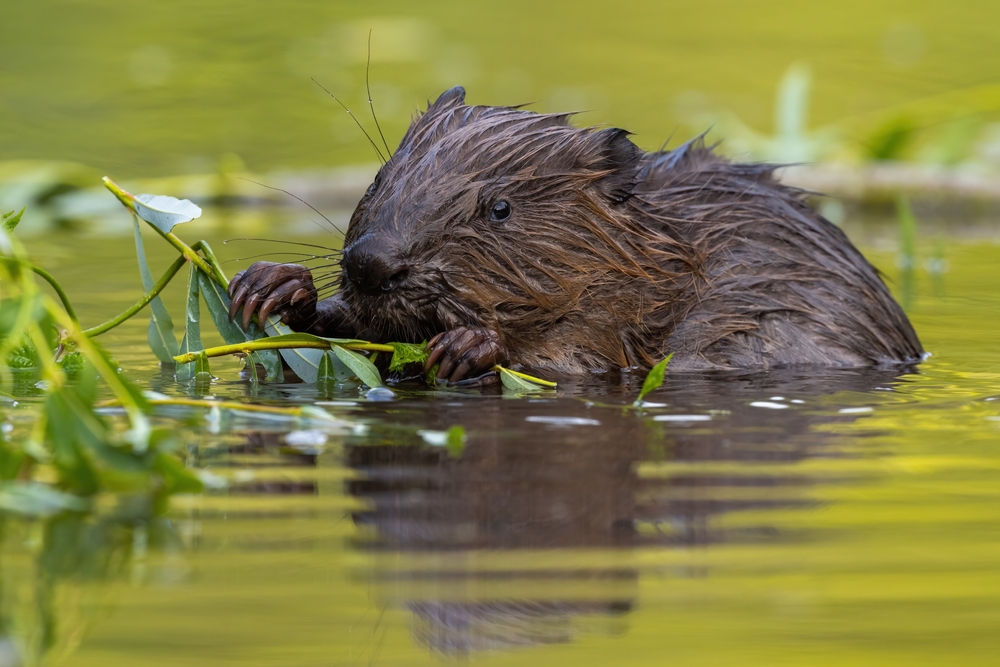Trees fallen on power lines, weakened dams, damaged crops — these are just some of the ways that Europe’s largest rodent, the beaver, can make people’s lives miserable.
The Hungarian Ecological Research Institute has prepared the Hungarian beaver map, which shows that the harmful aquatic rodents are expanding rapidly.
Once nearly hunted to extinction, the beaver has returned with a vengeance.
The beavers reintroduced to the Drava and its tributaries in 2007 have now conquered the largest sections of the border river, and their numbers are growing dynamically in Somogy, according to Hungarian newspaper Somogy Vármegyei Hírportál.
The resettlement was necessary because by the 20th Century, the species was almost extinct.
They were also intensively hunted for their fur and meat, and because they caused considerable damage. It has been possible to hunt beavers again for two years, but only during a specific period and only with a special permit.
László Kozma, the former mayor of Vízvár, told the newspaper: Three years ago, the rodents were only discovered in the Kapos area, but nowadays, you can often find traces of beavers in Vízvár, Somogyudvarhely, and Bélavár, which have now reached Lake Balaton.
“I see it as a particularly big problem that they drill into the embankments, and these will not last if there is a major flood or flash flood, which we have experienced several times in recent years,” said László Kozma.
The beaver also has benefits
The ecologist Dávid Czabán previously stated in relation to the spread of the Eurasian beaver that the number of beavers in Hungary was about 10,000. He also pointed out that the beaver remains protected.
Before the beaver is killed, other lines of defense should be employed, he advises.
Occasional permits are only issued for a beaver hunt when there is no other solution. It should not be forgotten that beavers also bring benefits: Dam construction by beaver families increases water retention, which is useful in times of drought, and beaver castles also provide water to sustain the vital needs of birds, insects, and amphibians. The beaver also creates habitats for fish species to thrive.
When drought strikes and forests burn, areas with beavers serve as an important buffer to prevent forest fires from burning uncontrollably. Beaver dams also reduce rapid runoff and stabilize water tables.
Nevertheless, the conflict between humans and beavers is expected to continue, with Hungary seeking to strike the right balance between maintaining eco-diversity and ensuring property and human settlements are shielded from the worst of beavers’ activities.






